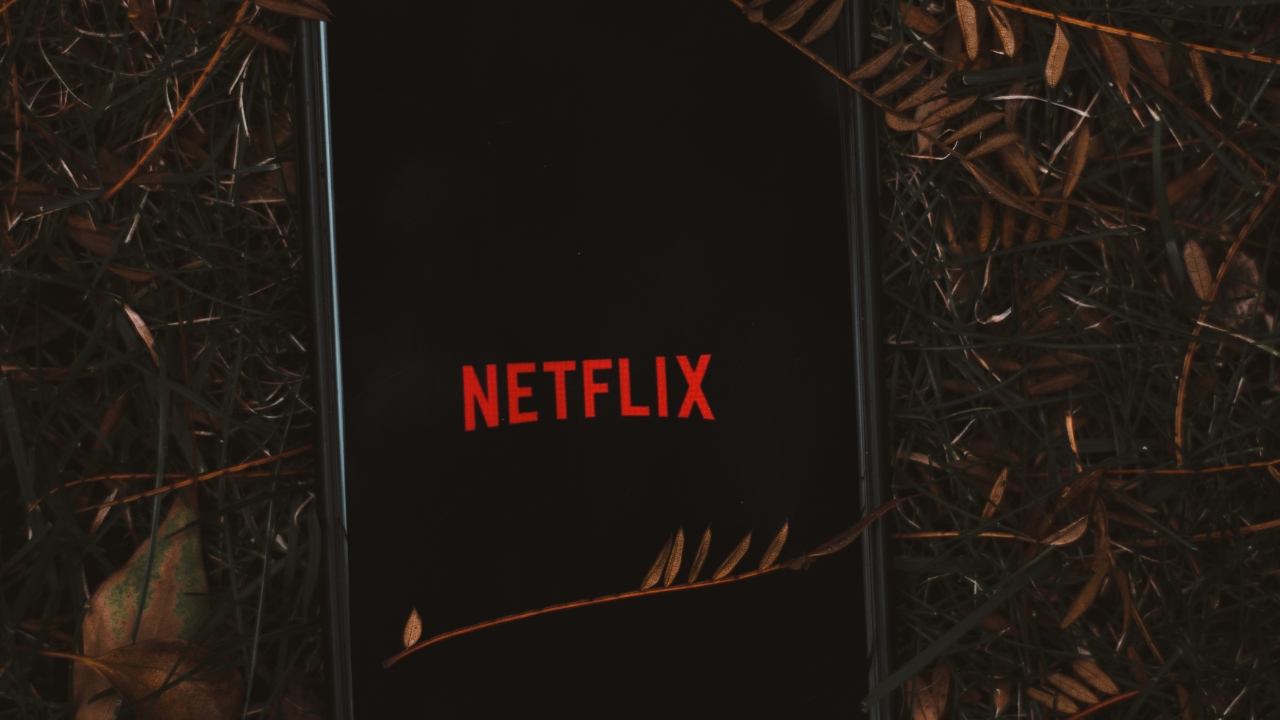You know that sound.
That deep, cinematic ta-dum that hits right before your favourite show starts.
It’s barely two seconds long, but somehow it triggers entire emotional universes: heartbreak from BoJack Horseman, chaos from Money Heist, comfort from The Office reruns you probably shouldn’t still be watching.
It’s funny, isn’t it? The moment the ta-dum drops, your brain already knows what’s coming. The intro hasn’t rolled yet, but your mood shifts. Like muscle memory, but for streaming.
The Science of a Two-Second Addiction
It’s weird how a sound that simple could become the heartbeat of a whole generation’s downtime.
Psychologists call it auditory priming when your brain links a sound to a specific emotional state. Netflix didn’t just make a logo sound. They engineered a Pavlovian trigger.
Think about it: You hear the ta-dum, and instantly your body relaxes. Shoulders drop. You grab the remote like it’s sacred. You’re not thinking about bills, deadlines, or that message you forgot to reply to. You’re thinking about what world you’re about to enter.
Somewhere between neuroscience and nostalgia, Netflix found the sweet spot.
Streaming Nostalgia Is Real
Remember how we used to rush home for shows at a fixed time?
Now we carry universes in our pockets. And yet, that tiny sound gives us a strange kind of stability, a routine that doesn’t depend on time zones or television slots.
Every ta-dum is a portal.
To Hawkins, to the Regency ballroom, to that small Spanish town where a professor plotted a heist that felt strangely poetic.
It’s the sound of collective escape
And if you close your eyes, you can almost guess the mood of what’s about to play just from the texture of the silence after the sound.
You Probably Don’t Realise How Many Emotions You’ve Stored in That Sound
Go on. Try it.
Picture the Netflix intro. That black screen, red letters, and then boom.
What’s the first show your brain jumps to?
Maybe Stranger Things, with its eerie synth build-up that turns nostalgia into adrenaline.
Or maybe it’s Bridgerton, where the intro fades into a waltz and a voiceover promising scandal.
Or Narcos, where the tone darkens and you suddenly smell cigarette smoke and fear.
The ta-dum doesn’t care which one. It just opens the door.
It’s like how the smell of popcorn means “cinema.” Or how hearing a plane overhead makes you think of travel. Except this time, the destination is entirely fictional and you don’t even have to pack.
The Quiz You Didn’t Know You Were Playing
Let’s test something.
Imagine the ta-dum just played.
Now read these clues and see if your mind fills in the blank before I even say it.
- A vanishing girl. Flashing lights. A friendship that feels like survival. (Stranger Things?)
- A lavish drawing room. Strings playing a pop cover. A smirk from someone titled “Your Grace.” (Bridgerton?)
- Red jumpsuits. A man called Professor. Chaos and philosophy in one breath. (Money Heist?)
- Horses, alcohol, and existential dread disguised as cartoons. (BoJack Horseman?)
- A small-town murder wrapped in secrets and snow. (The OA or maybe Dark?)
See? The sound alone sets the stage. It’s not just branding. It’s Pavlov with popcorn.
Funny how that happens.
The Sound That Launched a Thousand Evenings
It’s become cultural shorthand.
You’re not saying “I’m watching Netflix.” You’re saying “I’m not available right now.”
That sound at the start of a show has become the unofficial clock-out bell of the internet age.
A therapist once joked online that the ta-dum probably lowered collective cortisol levels. Maybe they were half-right.
It’s become a transition sound from real life to stories. From overthinking to immersion.
And it’s not just sound anymore. It’s a ritual. The dimming of lights. The blanket toss. The phone flipped face-down (well, hopefully). The first bite of dinner. Every tiny habit synced with that single note.
How It Became the Most Recognised Sound in Streaming
When Netflix was designing its audio logo, they tested dozens of sounds. Bells. Clicks. Orchestral bursts. Even goat bleats. (Yes, seriously.)
But none captured what they wanted: anticipation without intrusion.
The ta-dum was inspired partly by the satisfying “thunk” of a movie studio logo and partly by the idea of a drum signalling an opening act. A digital overture.
What they didn’t expect was that it would travel beyond screens into memes, TikToks, ringtone parodies, and even award show intros.
It became the digital dinner bell of modern entertainment.
A Generation’s Audio Memory
If the early 2000s had the Nokia ringtone, 2020s culture belongs to the ta-dum.
\It’s not just the sound of entertainment. It’s the sound of autonomy of choosing what you want to watch, when you want to watch it.
Ask any Gen Z or millennial what relaxation sounds like. Most won’t say waves or rain. They’ll say something close to that deep Netflix bass.
We’ve come to associate that sound with control. Freedom. Choice.
And maybe, quietly, with comfort.
Because after a long day of pretending to be composed in real life, pressing play feels like reclaiming something personal.
The Subtle Genius of Sound Identity
Here’s the underrated part: Netflix isn’t the only one doing it.
HBO has its static hum. Disney+ has the soft arc of a musical logo. But Netflix’s sound wins because it’s minimal.
It doesn’t try to impress. It just arrived.
Brand experts call this sonic identity the emotional equivalent of a logo for your ears. It’s what makes the Netflix sound instantly recognisable even if you’re in another room.
It’s also why people mimic it in their TikToks or reels when they want to add “official drama” to a moment. Like someone dropping a spoon dramatically ta-dum.
It’s a cultural shorthand for “something’s about to go down.”
Why You Can Probably Guess the Show Blindfolded
Because we don’t just watch shows. We live them.
Each one wires a different rhythm into your mind.
The Crown starts with solemn grandeur strings and silence.
Wednesday begins with cello strokes that sound like mischief in disguise.
Sex Education opens with brass and teenage panic.
By now, we know these intros the way we know our friends’ voices.
If Netflix were to play five seconds of a random intro, you’d probably guess the show before seeing a frame. That’s how deeply these sensory cues have lodged themselves into our subconscious.
It’s not just consumption anymore. It’s recognition. Identity.
So, What Does the Ta-Dum Mean Now?
Maybe it’s less about the sound itself, and more about what it represents.
A pause between worlds.
A two-second bridge from your day to someone else’s story.
It’s a sound that reminds you you’re about to feel something even if you don’t know what yet.
Laughter, fear, comfort, tension. Doesn’t matter. You trust the process. You’ve done this hundreds of times before.
That’s the thing about ritual. You stop noticing when it starts working.
The Unofficial Anthem of Modern Escape
There’s no church bell, no whistle, no curtain rising
Just that two-note reminder that your night belongs to fiction now.
We live in noisy times. Notifications, traffic, constant hum. But somehow, amid it all, that ta-dum cuts through like clarity.
It’s a signal both to you and the world that you’re off the clock.
And maybe that’s why it sticks. Because in an age of chaos, the simplest sounds become anchors.
If this made you pause or smile, explore more playful, thought-provoking quizzes on Trendy Quiz because self-discovery should always feel fun.




